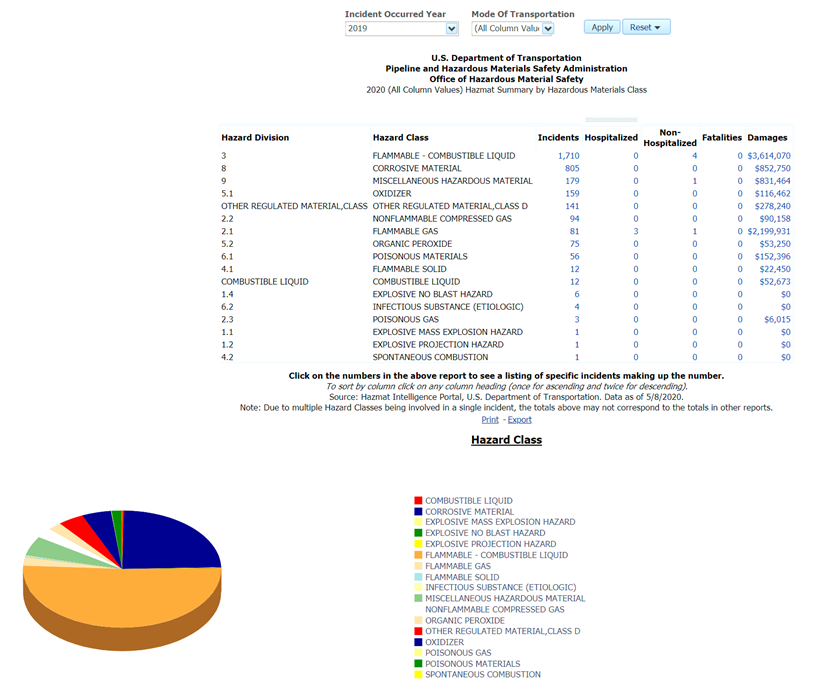Earlier this year, I read an article in the local newspaper about an oil company truck that was transporting hazardous material. It overturned and spilled gasoline and diesel fuel onto the roadway close to Titicus Reservoir in North Salem, NY. It piqued my attention since it happened in my neck of the woods. Although the crash happened a year ago, the article was about the cleanup that’s still going on today. Most of the 1,200 gallons wound up on land. The soil under the roadway got soaked, causing environmental troubles.
The 7.2 billion-gallon Titicus Reservoir was created in the 1800s by damming the Titicus River. It is one of 12 reservoirs providing 1 billion gallons of drinking water to NYC and 100 million gallons a day to Westchester county. Imagine what would happen if the water supply got contaminated! Luckily, in this case, the oil did not really reach the reservoir, but the environmental teams are still working on soil cleanup a year later. The state required the removal of soil and installed a well system to remove any contaminants.
When the crash originally occurred in February 2019, the local newspaper described how the truck carrying oil smashed into a utility pole and overturned. Fortunately, the driver managed to extract himself, but the environmental damage has been done.
Hazmat Transportation Companies Cannot Afford Crashes
According to the U.S. DOT, there are over 1.5 billion tons of hazardous materials (hazmat) transported each year in the United States - either by truck, train, boat, or aircraft. Hazardous materials are any substances considered to be hazardous because of their flammable, corrosive, or poisonous nature. Examples of hazardous chemicals include explosives, oil, gases, flammable materials, radioactive materials, e.g., paints, drugs, cosmetics, cleaning chemicals, degreasers, detergents, and gas cylinders.

Image source: PHMSA
Transporting hazardous materials is a serious business, with serious ramifications if a crash occurs. There are federal regulations to be followed, as well as the necessity for special insurance policies. As a result, the transport of this dangerous cargo requires expensive insurance policies to cover both crash and clean up costs.
Statistics
Truck drivers face risks every day, but driving a truck carrying hazardous materials is even more dangerous. Drivers need to be experienced with excellent driving records. However, even those drivers who are at the top of their game are exposed to the risk of getting into a crash.
Environmental cleanup as a result of hazmat crashes is an additional big issue. According to the Federal Motor Carrier Safety Administration (FMCA) statistics, the most expensive cleanups are related to spillage, environmental damage, or toxic material entering the waterway.

Image source: PHMSA (Pipeline and Hazardous Materials Safety Administration) – 2018 data
In 2018, about 20,000 incidents led to around $240M in damages and 13 fatalities.
Flammable – combustible liquids were involved in 42% of the incidents, corrosive materials in an additional 31% of the cases.

Image source: PHMSA
Casualties were mostly among transportation workers (19 out 20 hospitalized, 114 out of 128 non-hospitalized, 6 out of 6 deaths).
 Image source: PHMSA – 2018 data
Image source: PHMSA – 2018 data
Technology to Assist the Driver
Many companies that transport hazardous materials have invested in telematics, that provide them with data about the vehicle at the time of the crash, for review after a crash has occurred. Some of these companies have also invested in dash cams or video equipment to record what happened at the time of the crash.
The combination of telematics data and video footage of a crash is valuable to determine what the cause of the crash was and who was at fault to determine liability. As in the case of hazardous materials contaminating the Titicus Reservoir, wouldn’t it have been better to avoid this crash altogether?
Technology exists today in the form of a Virtual Co-driver that can help even the most experienced drivers avoid costly crashes by:
- Identifying potential road hazards and alerting the driver before he may be aware of a road hazard such as a child running into the road, a stopped vehicle, or a distracted driver
- Monitoring the awareness of the driver, who may be distracted for instance by some phone-related tasks, or just temporarily not focused on the road
No system is perfect, and if the crash cannot be avoided, it is good to have video from before, during, and after the crash to assist in identifying the cause.
Conclusion
Clean up from a hazardous material spill can span multiple years and cost millions of dollars, not to mention the damage done to the environment. Unfortunately, not all crashes are avoidable, but wouldn’t it be great if even a fraction of them could be, or at least mitigated?
The Virtual Co-driver focuses both on the behavior of the driver and on the performance of the vehicle, to assists drivers with heads-up warnings about upcoming road hazards and give them time to intervene and prevent potential crashes.
When a crash is unavoidable, smart events detection, video processing and automated analysis provide detailed information useful to reconstruct dynamics of the crash, and help exonerate the driver.
Are you interested in learning how to prevent crashes before they occur? Click on the link below to get more information.



